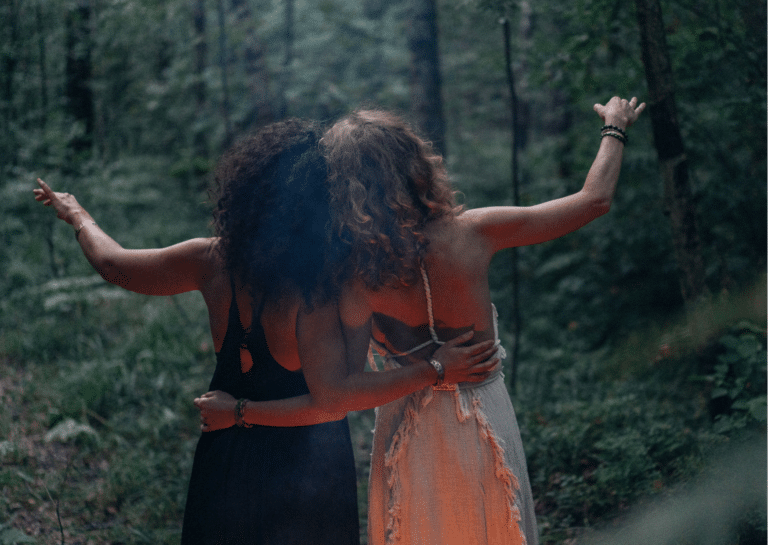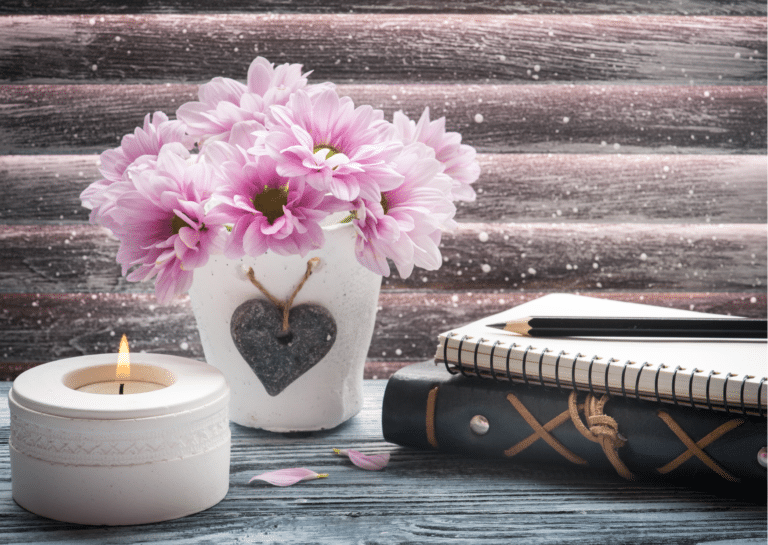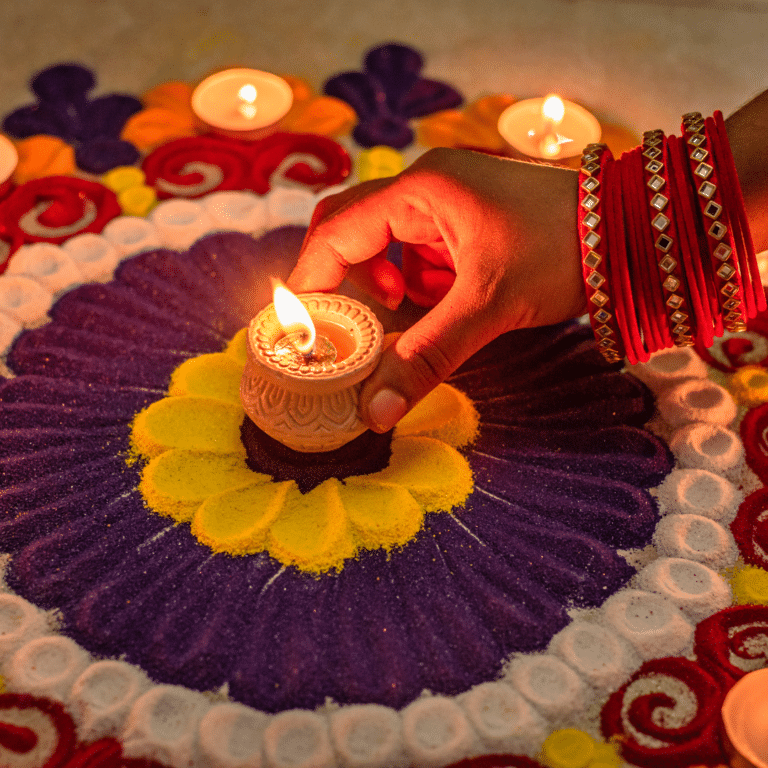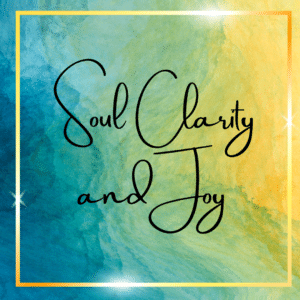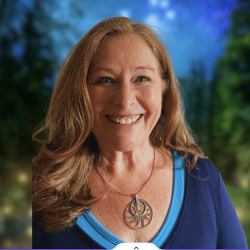1. Navajo – The Navajo have a traditional rite of passage ceremony called Kinaaldá. This ceremony is a four-day event that includes prayers and singing, and is meant to help young girls become women.
2. Australian Aboriginals – Australian Aboriginals have a traditional ceremony called The Walkabout, which is a rite of passage for adolescent boys. During the Walkabout, the boys travel alone for several weeks in the desert, learning about the land and their place in the world.
3. Sami – The Sami people of northern Europe have a traditional rite of passage called siida. Siida is a ceremony that marks the transition from childhood to adulthood. This ceremony involves a series of rituals and tests that the individual must pass in order to be considered an adult.
4. In India, the Hindu wedding ceremony marks a right of passage into married life. The tradition is usually a three-day affair and involves mantras, pujas (prayers), and rituals that symbolize the union of the couple in marriage.
5. In China, a traditional retirement ceremony known as gaohuang is held for a retiring employee. This ceremony includes a banquet, the burning of incense, and the presentation of gifts. The retiree is presented with a red envelope containing money, which signifies good luck.
6. A vision quest is a ritual or spiritual journey in which a person seeks a vision or spiritual guidance. It is common among many Native American cultures and may involve fasting, meditation, and prayer in a natural setting, often in a solitary wilderness area. The purpose of the quest is to gain insight, knowledge, and a deeper understanding of oneself and one’s place in the world.
7. Jewish mourning rituals vary by culture and denomination, and may include Shiva. This is the first seven days following the death of a loved one, during which time family and friends visit the mourner’s home. Some Jewish traditions use Kaddish, a 13th century, Aramaic prayer to sanctify, or give praise and thanksgiving. Unveiling of the tombstone is a ceremony at the cemetery where the tombstone is unveiled and dedicated. And Yahrzeit is the anniversary of the death of a loved one, marked by saying special prayers.
8. A Celebration of Life ceremony is a gathering to remember a person who has transitioned into nonphysical form. It’s an opportunity for family and friends to gather and share memories, stories, and honor the life of someone they knew and loved. Generally, music, readings, and/or photos are shared. Refreshments might be served afterward and the elements can vary widely.
9. A Chinese funeral is often a multi-day event meant to help family and friends find closure. During the funeral service, a Buddhist monk may recite prayers, while the participants burn incense and paper money to honor the person leaving physical form. After the funeral, there is may be a week-long mourning period that involves visits to the family home and the gravesite.
10. In some Native American cultures, the bereaved may gather together for a ceremony to connect with their loved one and find closure through prayer, meditation, and spiritual guidance


